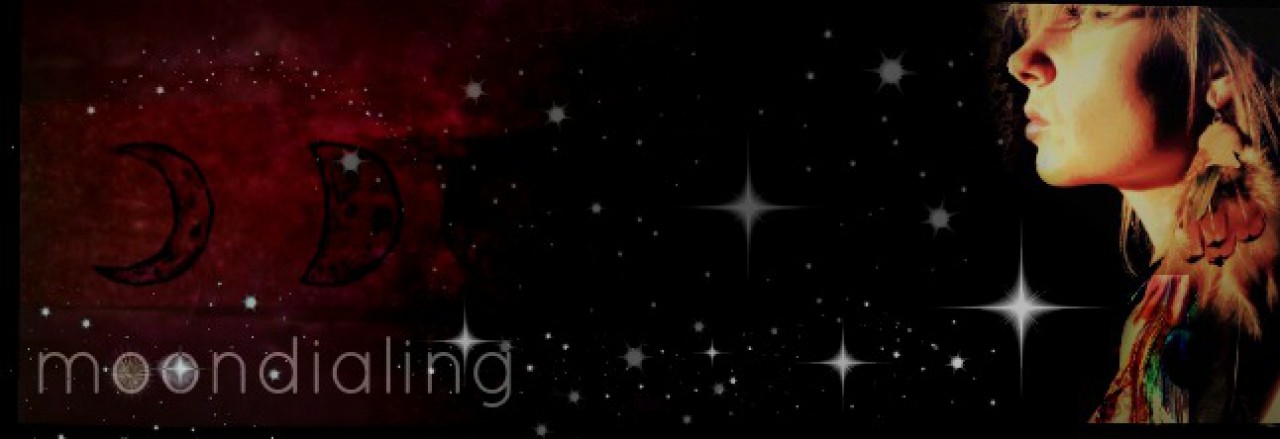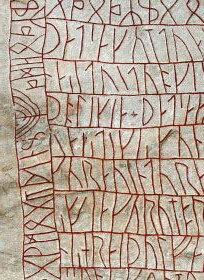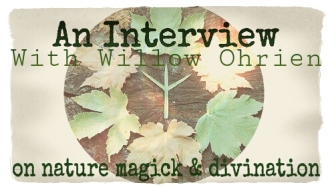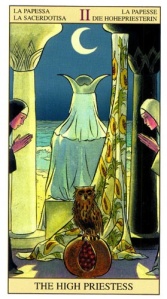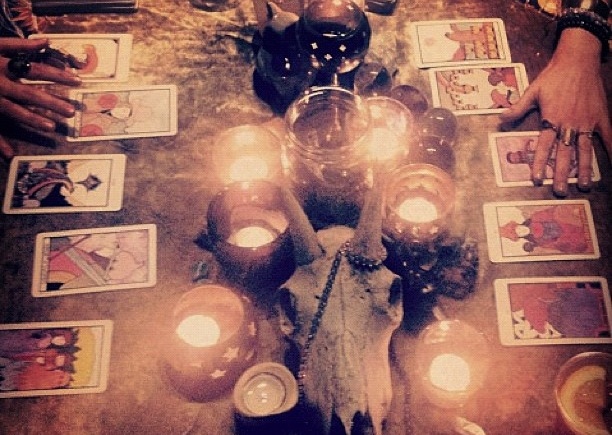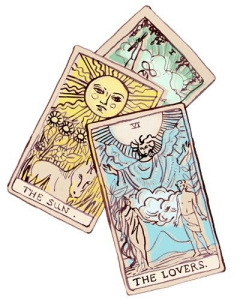“All truth passes through three stages: first, it is ridiculed. Second, it is violently opposed. Third, it is accepted as being self evident.” – Arthur Schopenhauer
According to Wikipedia, Numerology can be defined as any belief or tradition which views numbers as having divine or coinciding factors. Modern day scientists do not label numerology as a mathematical study but a pseudoscience, generally saying that the inability to master a complete understanding of numerology discredits any demonstrative capability. Early mathematicians discovered and uncovered an inconceivable amount of what today’s scientists do base their truth upon through use of numerology, which was then accepted as social fact among all sciences, philosophies, religion and popular culture. Reality was regarded as a unifying force with complex, embedded connections evident in all things conceivable. Connecting the dots of that which we are already conscious of would be a task no man or woman could complete in one mortal lifetime but those who begin to look into the endeavor only need so many relations before content to maintain sanity and leave the finite mysteries winking upon them knowingly from endless heavens.
Quantum physics has encountered cracks in what was thought as universal law, confronting a wild card in truth. What is true for one reality may not ascribe to it’s parallel states. The reality of our conscious is made up of consistencies that are sensibly understood with cycles. We go to bed and without a thought given know the sun will rise as morning comes, that the moon will cycle through the same phases in the same order, that nature will continue to replicate in pattern and that which ceases never was to begin with. Using mathematics to study life’s interconnected mysteries was a practice in ancient Babylonia, philosophized in Hellenistic Alexandria and among their astrologers, it was heavily studied by early Christian and Jewish mystics and still thrives at the core of the Kabbalah. Early Gnotics, The Hindu Vedas, the Chinese “Circle of the Dead,” Egyptian’s Ritual of the Dead are all kin to numeric significance. Many of it’s beginnings happened simultaneously and cannot be credited to any one culture. In 570 BC, Pythagoras and his followers found meaning and philosophy in the idea of a spiritual numeric correlation. Correspondingly, Mayans felt the universe, age, cycles could break down into a numeric understanding that was both sacred and alive.
Australian philosopher David Stone pointed out that different pseudoscientific beliefs such as numerology and astrology may be pathological in different ways. When critiquing such beliefs, philosophers and scientists should take into account that the fallacies that give rise to the derogatory means found in one pseudoscience may not be applicable to the other.. Neptune was discovered by pure mathematical calculation before the planet was even observable. That was only as recent as 1848. The mystic astronomers, Kepler and Tycho, back when our not so universal laws were still incomplete and budding theories, revealed a unifying factor in mathematics, energy and sound. As all matter is energy and energy is vibration, what is known as The Music of the Spheres describes each celestial body to transmit a frequency that can be transcribed into a note of music using math. It is said that Venus is the finest.
The phenomenal practice of numerology is not just privy to the scientists but can be used as a tool in understanding our own lives more fully. Meanings evolve as conscious awareness evolves. Each number has its own tendencies. The resultant is able to reveal the hidden key to personality themes. Missing or abundant numbers indicate where our balance leans. The dominant and sub-dominant essences in several numbers together hold significance. The power in a name reveals truth to why we may not like our name and why names are often changed to suit traits described in other numbers (Magic Johnson, for example.) Remember, the connections are bottomless and boundless. You will always be adding and at times subtracting until you arrive at a number from 1 to 9. There are master numbers that do not ascribe to the single digit basis which will be mentioned. I created a chart to show the corresponding alphabet letters and numbers for name and word numerology.
 The odd numbers are the yang/masculine: active; creative; cold; thrusting. Even numbers are yin/feminine: passive; receptive; yielding; warm. Remember that yin/yang is not gender specific in its terms of masculine and feminine and that both traits are visible in either sex. We live in a world that is strongly masculine and out of balance. A shift back to balance began over 100 years ago with the womans movement; the turmoil now is the universes attempt to balance the scales and sync into the Aquarian Age. The feminine side will reverse again as it was at the time of the Goddess. A multitude of fascinating revelations can be quickly added or subtracted such as friendship numbers, life challenge numbers (early life challenge, later life challenge, and the challenge found within the theme of your entire life) but for now we’ll stick to basics. Your Life Path Number is who you are, the core of your personality, the person you were already born as, the traits embedded into your being. It is what you project. It would be like your aura color, for example (each number does have a corresponding color as well.) Keep in mind you have many numbers just as you have many aspects to who you are emotionally, intellectually, spiritually. Try adding your phone number, address, anything you’d like. Write out your full name but do each part separately before adding your first, middle, and last. You can also write out the name you go by, how you sign your name (if you leave out your middle name or not, try your married and maiden if applicable) and remember that the power of a name is like a crown or coat and you can change it at anytime. You won’t change the person you were born as but can always re-write what is yet to be.
The odd numbers are the yang/masculine: active; creative; cold; thrusting. Even numbers are yin/feminine: passive; receptive; yielding; warm. Remember that yin/yang is not gender specific in its terms of masculine and feminine and that both traits are visible in either sex. We live in a world that is strongly masculine and out of balance. A shift back to balance began over 100 years ago with the womans movement; the turmoil now is the universes attempt to balance the scales and sync into the Aquarian Age. The feminine side will reverse again as it was at the time of the Goddess. A multitude of fascinating revelations can be quickly added or subtracted such as friendship numbers, life challenge numbers (early life challenge, later life challenge, and the challenge found within the theme of your entire life) but for now we’ll stick to basics. Your Life Path Number is who you are, the core of your personality, the person you were already born as, the traits embedded into your being. It is what you project. It would be like your aura color, for example (each number does have a corresponding color as well.) Keep in mind you have many numbers just as you have many aspects to who you are emotionally, intellectually, spiritually. Try adding your phone number, address, anything you’d like. Write out your full name but do each part separately before adding your first, middle, and last. You can also write out the name you go by, how you sign your name (if you leave out your middle name or not, try your married and maiden if applicable) and remember that the power of a name is like a crown or coat and you can change it at anytime. You won’t change the person you were born as but can always re-write what is yet to be.
For example, numbers are assigned to letters as follows:
-
1 = a, j, s
-
2 = b, k, t,
-
3 = c, l, u,
-
4 = d, m, v,
-
5 = e, n, w,
-
6 = f, o, x,
-
7 = g, p, y,
-
8 = h, q, z,
-
9 = i, r
…..and then summed. Examples:
-
3,489 → 3 + 4 + 8 + 9 = 24 → 2 + 4 = 6
-
Hello → 8 + 5 + 3 + 3 + 6 = 25 → 2 + 5 = 7
The Numbers: There are no “bad” numbers as duality exists within all things. Each is ascribed its pros and cons. This is a general outline of the most common associated key meanings. Various numbers can strengthen or weaken each other. You can add up numbersanywhere in lifelife. Take note of where you find similar sequences.
1) Keywords: Individual, aggressor, leadership, self, yang.
The numerology meaning to this number is unity, beginnings, God, masculine, creative, symbol of creative and mental activity. This number expresses leadership, spotlight type individuality. There is a tendency to be organized and ambitious. Ones go to the top in everything that peaks their interest, reflecting a natural leader. They are forerunners and original thinkers. Leadership roles and positions in power make them happiest. Often loners, with capacity for aggressive behaviors may overshadow better judgement with their ambition for success. The biggest lesson for Ones is to dim that spotlight and sit back sometimes to recognize and appreciate the light in others.
2) Keywords: Balance, union, receptive, partnership, yin
Dualist beliefs, Gnostic. This is a feminine number with traits like yielding, receptive, accepting, forgiving, passive, uncomplicated and stable. Twos makes things or group functions more efficient. Devotion to truth and simplicity is of major importance. Opposite of the Ones personality, Twos follow, make good subordinates and team members. Often too subservient which others perceive as weak or shy but accurately is just a natural gentleness. They tend toward diplomacy and stand for peace. Twos can appreciate both sides of an argument and make good mediators. Their path in life is to nurture and make the ideas of others shine and to make their systems work. The need for peaceful assertion is key to operating smoothly. They strive (without the use of force) to take the path of peace whenever possible while others can manage over bumpier roads and not be as affected by the hurdle as the Two would. Yet, when their system works, the Twos life will work extremely smooth.
3) Keywords: Communication/Interaction
Masculine. The Holy Trinity (father, son, and holy ghost). Threes are active, harmonious, pleasure–loving, and bring joy to others as indicated in the meaning of three, in numerology. Many politicians are threes with excellent conversational skills, but they can often be superficial. They give hope to others who see the dark side of things. These shining lights work hard to stop negativity from entering into their lives. The good in something usurps the bad every time. They are born mediators between 1 and 2 in order to draw them together. Extreme versatility and highly sociable attitudes make them well liked. In partnerships, they are sexually interested and interesting both. Threes meet and live life head on.
4) Keyword: Creation
Feminine. The number of matter in numerology meanings. Represents 4 seasons, 4 elements, 4 directions, 4 sides to a cube. Fours mirror magical geometry and buildings. They are stable, rigid, sure-footed, determined to reach their goals in a straight line. When things come without effort, fours are uneasy, wondering if something is good if it comes without hard work. Often they are so focused on their goal they miss the small pleasures of life. These stable, security loving people are often unmoving and dull. They are hard working, good employees especially in planning, organization and administration. Fours biggest challenge is to find the “middle of the road”, so they have balance in their lives.
5) Keywords: Action, restlessness, life experience
Masculine. Number of the senses, four limbs and one head make five main projections from the torso. Stars. Also sexual, male (3), female (2). Fives are likely to be restless, lively, adventuresome, quick-thinking, and quick-tempered. They love change and challenge, but take too many risks. It’s common for them to act first and think later, which causes stumbling along the path. Fives numerology meaning shows them to be progressive, free thinking, exciting, fun loving and sexual. Simple everyday life is unattractive to these types. Fives handle unexpected changes and challenges well. Five’s goal is to be forever youthful and have a good sense of humor. These traits make them happy and pleasurable company. Freedom is important to them, so stability conscious types would do better to look somewhere else.
6) Keywords: Home/family, responsibility, artistic
Feminine. The combination of the upward male triangle and downward female triangle for the 6 pointed star. Sixes numerology meaning shows they possess the nurturing side of womanhood: safe, stable, warm, domestic, and motherly. Sixes are natural homemakers, giving love, warmth and security to their families even if they are a man. They are supportive, harmonious, companionable, responsible, good problem solvers who know life requires adjustments along the way. Sometimes smugness and a self-satisfying attitude can reveal an interfering know-it-all. Sixes major lesson in life is to adapt and adjust to lives changes in themselves and others.
7) Keywords: Thought/consciousness, spirit
Masculine. This is the holiest and most magical of all the numerology numbers, possessing strength and psychic ability. Creation and rest in 7 days, 7 pillars of wisdom, 7 chakras, 7 stars in the Big Dipper. Sevens are reflective and have a tendency towards mysticism or the occult. This is the number of an introspective individualists who is often a loner. They’re highly intellectual, and not materialistic, but somehow money finds them. Not considered social butterflies, sevens are often perceived as cold and distant. It’s immaterial, because they are unaffected by the opinions of others. Sevens are disciplined and work well without supervision, which they prefer to team efforts. Often they will escape into daydreaming, needing little rest, relaxation and sleep. Their challenge in life is to seek and understand the Truth. Sevens need to be gentle with themselves though, and learn that being alone is not the same as loneliness.
8) Keywords: Power/sacrifice
Feminine. This is the number of material matters and practicality. But, eights must learn how money can be used for the greater good. Through numerology meanings this is their challenge. They are a symbol of infinity, which leads to the next life…the eight-fold path away from materialism in Buddhism. Eights like to accumulate wealth. This number is worldly and hardworking, but often lacks patience and pliability. Eights are tough, being persistent till they accomplish a task. They make excellent business people because they like order and making money. Often they lose what they make though. They can be ruthless in pursuit of their goals. On the other hand, they are very family oriented, protecting their loved ones. Learning that love, passion and marital commitment are just as much a part of success as material gain is another of their numerology meaning challenges.
9) Keywords: Highest level of changes
Masculine. A product of 3 x 3 makes nine a powerful number. Nine represents achievement and completion. There are 9 months in pregnancy, 9 initiations during our advancing from a lower stage to a higher stage. In numerology meaning, nines are achievers, possessing bright ideas, high ideals, and innate abilities. They take the big picture into consideration with their broad visions, global thinking, and universal problem solving capabilities. Their goal is to culminate, complete and finish all endeavors. Nines are always looking for ways to improve on any situation or project. Traveling to distance places and possibly even having a foreign spouse is all part of a nines makeup. These high energy people are creative and often artistic, but they can be self-centered when it comes to their achievements. Recognition is important, but they will never flaunt their achievements. Nines biggest challenge according to numerology meaning…is to let go! When something has reached completion…it has outlived its usefulness. Or, as in the case of a relationship, it may simply be time to end it, which means you have to let it go.
We’ll explore master numbers later. Feel free to share your connections and to share this post as the new age has brought upon a definite return and intrigue toward the collective conscious!
